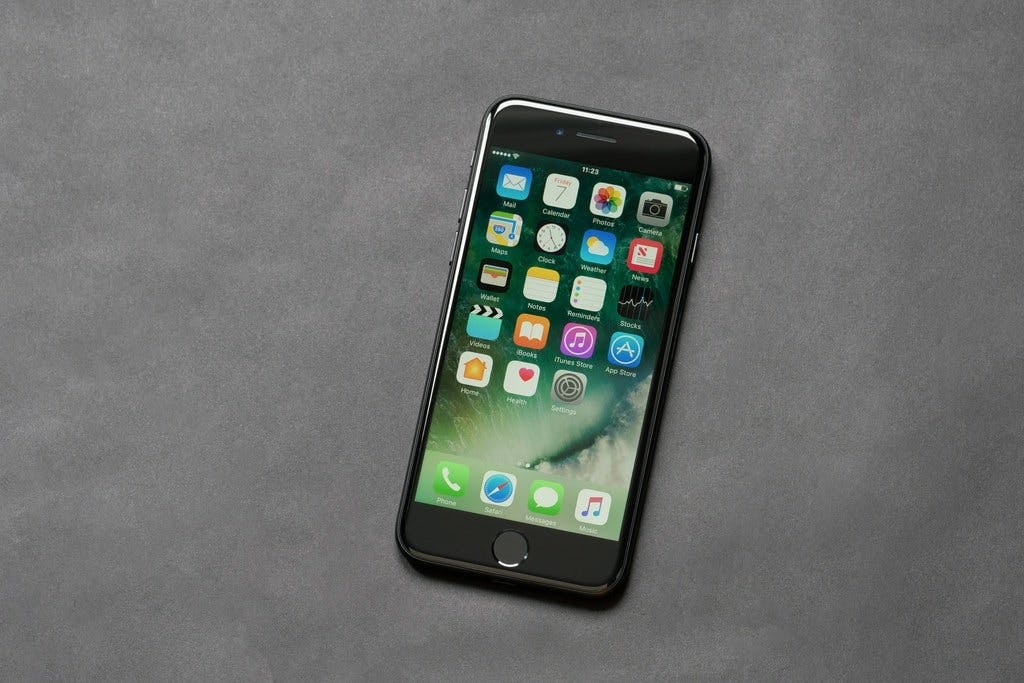Home


Resource Center
 Behind your iPhone’s signal bars lies a powerful diagnostic tool that can reveal crucial information about your cellular connection. “Field Test Mode” provides detailed signal data to help you make informed decisions about coverage solutions. Here’s how to access and interpret this valuable information.
Behind your iPhone’s signal bars lies a powerful diagnostic tool that can reveal crucial information about your cellular connection. “Field Test Mode” provides detailed signal data to help you make informed decisions about coverage solutions. Here’s how to access and interpret this valuable information.
Actually the bars on your cell phone are not the most accurate measure of signal strength. Because there’s no industry standard for what a bar represents, or whether it measures your 4G data or 3G voice performance, bars are subjective to your network carrier. Furthermore, bars can be affected by the way you hold your phone, your phone manufacturer, and even previous activity on the device.
Thankfully, you don’t have to rely solely on bars to test your signal strength.You can test your signal strength and cellular connection directly from your iPhone using the device’s Field Test mode. This Field Test works on iOS 9 devices or iPhone 6 and beyond, with minor changes between devices from different carriers due to cellular signal reach with Qualcomm (Verizon) versus Intel Chipset (AT&T and T-Mobile).
The Field Test Mode function allows you to easily access detailed, technical data about cell towers, coverage and more to provide the exact dBm of signal in your precise location. In a world where constant connection is critical, it’s necessary to ensure you have strong reception on your devices when and where you need it most.
Putting Your Device Into Field Test Mode
AT&T and T-Mobile
To access the dBm data on your iPhone:
Open the “Phone” application on your iPhone and enter *3001#12345#*
Note that this number must be entered exactly as shown to properly activate Field Test Mode.
- Press Call. Once dialed, this will immediately open to the Main Menu of the Field Test mode application on your iPhone.
- From the Main Menu, select LTE.
- After navigating to LTE, select “Serving Cell Meas”
- Find “rsrp0,” which indicates the closest cell tower your phone is connected to. The corresponding number indicates the dBm measurement for your cellular signal.
As a range reference, -40 to -50 dBm is the strongest signal, and -120 to -130 dBm is extremely weak. As a rule of thumb, the closer the negative number is to 0, the stronger the signal. To further interpret your signal connectivity data:
- RSRQ is the Reference Signal Received Quality. RSRQ0 and RSRQ1 take noise and interference level into account.
- RSRP is the strongest Reference Signal Received Power. RSRP0 is the strongest signal, and RSRP1 is the second strongest.
- SINR is the Signal-to-Interference-plus-Noise Ratio.
Verizon
For cellular devices with a Qualcomm chipset, the Field Test mode activation and data access processes vary slightly. For Verizon phone models previous to iPhone X:
- Turn off LTE in Settings > Cellular > Cellular Data Options.
- Call *3001#12345#*
- Select 1x EV-DO
- Find your dBm under “Rx AGCO”
Helpful Tips
- Note that the cellular dBm reading is only accurate for your carrier. To get readings from other carriers, you’ll need to conduct Field Tests on corresponding devices.
- If you need to check your cellular signal in multiple places, place your phone into airplane mode after each Field Test. Wait about 30 seconds before accessing Field Test mode to give your device sufficient time to reconnect to the network. This will reset your device’s signal to give you a clear, accurate read.
- For Android devices, navigate to Settings > About Phone. Your signal strength is available under either Network or Status, depending on your phone model. There are also cellular signal applications in the Google Play store.
Low Signal? We’ve got you covered.
After activating Field Test mode, determine if your signal strength is on par with your projected bandwidth requirements. If your dBm signal is low in a location where you need consistent, strong connection, such as in your home or commercial office, then we highly recommend installing a cellular signal booster. High-quality signal boosters are designed to provide 24/7 phone and connectivity reception, with customizable capabilities fit specifically to your space. Now you can connect with the confidence of total coverage, no matter where you are, or how big your building is.
To learn more, check out these helpful resources on:
And if you’re ready to improve your cell signal, contact WilsonPro today!

